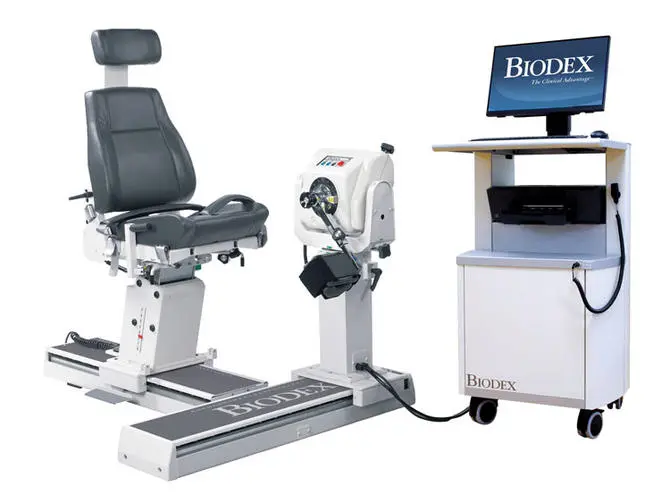TURNING NUMBERS INTO SAFETY:
The hospital system saved $47,283,733 in health plan claims, $11,356,644 in pharmacy claims and $7,901,127 in workers’ compensation claims.
The nine-year ROI was $32.72 for every $1 spent.
This comprehensive case study presents an in-depth data analysis on how DataFit's Physical Capability Assessment (PCA) program drastically reduced both the frequency and costs of injuries within nursing over an 8-year period.
INTRODUCTION
Workplace injuries were more than just numbers; they were affecting the lives of employees and taking a toll on operational efficiency. The hospital system faced a critical challenge: high rates of injuries among the nursing staff. This problem led to rising healthcare and operational costs. The objective was clear: significant reduction in both the incidence rates and financial burden of these injuries.
METHODOLOGY
DataFit's PCA program was specifically tailored to meet the unique demands of the Nursing roles within the hospital system. Assessment protocol was performed on an isokinetic dynamometer. Key metrics such as incident rates and average claim costs were chosen to evaluate the program's effectiveness.

Challenges
The hospital system was grappling with alarmingly high rates of workplace injuries among the nursing staff. These injuries were not only affecting employee well-being but also causing a significant financial drain with loss days and indirect costs.
Initial Incident Rates: Disturbingly high, affecting both employee well-being and operational efficiency.
Financial Burden: Skyrocketing claim costs were a growing concern.
IMPLEMENTATION
The process of integrating DataFit’s PCA program into the hiring mechanism was meticulous and well-planned. The hospital system completed detailed Job Task Analysis for all nursing positions. From those reports the standards were established for the essential functions of each nursing position. Full integration was achieved within six months, followed by a 12-month assessment period to gather data and insights. A baseline group was established consisting of 2,481 nurses hired between 2008-2010 who did not take the PCA. The PCA group consisted of 19,868 nurses hired between 2011-2019. Claim data was specific from only 12 months from date of hire.
.
RESULTS
The impact of DataFit’s PCA program was transformative:
Drastic Reduction in Nursing Incident Rates:
51% decrease in medical claims
65% decrease in Pharmacy claims
43% decrease in workers’ compensation
ROI Analysis
The cost-benefit analysis revealed that the upfront cost of implementing DataFit's PCA program was far outweighed by the long-term financial savings and enhanced workplace safety.
Collectively, the combined savings resulting in selecting a healthier worker as a new hire saved in medical paid claims, pharmacy paid claims and workers’ compensation paid claims was $66,540,504.
The nine-year ROI was $32.72
for every $1 spent.
Conclusion
This case study goes beyond mere numbers to substantiate the high ROI and effectiveness of DataFit’s PCA program, contributing to both a safer workplace and significant financial savings.
For organizations facing similar challenges, DataFit offers customized solutions that deliver tangible benefits.
To reap similar benefits and ROI for your organization,
